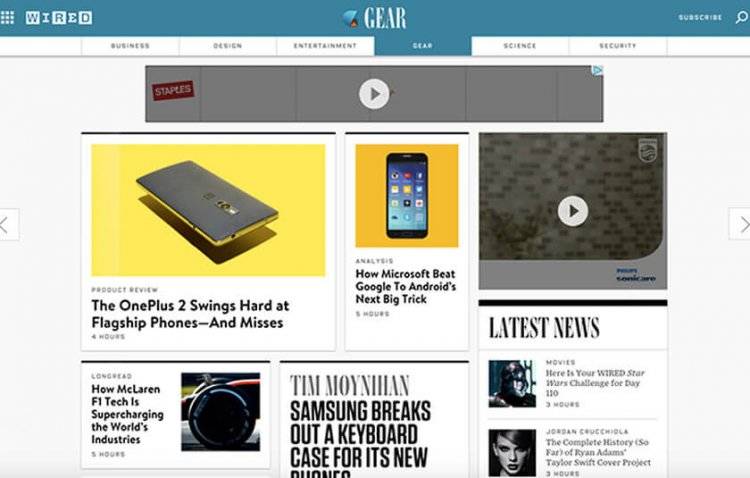
From September 1st 2015, Flash ads will no longer automatically run on Chrome browsers, with Firefox following suit. This change now means the majority of web browsers will no longer see your brands Flash banners, without having to click to play them. Imagine the effect on your already teeny-tiny click through rates!
According to statcounter, there are 52.82% chrome users and 15.68% Firefox users worldwide at August 2015. That’s close to 70% of web browsers to be affected by the change, and that’s not even counting Safari and tablet users who have never had Flash on their iPhone or iPad.
As you can imagine this news has advertising networks, media buying, creative agencies and clients all freaking the hell out, and for good reason. It is now well and truly time to say your last goodbyes as we bury Flash for good, so let’s chat about HTML5 at the wake.

Why Change from Flash to HTML5?
In an announcement from Google in June, they let us know that the interactive media that can be produced in Flash, while beautiful and engaging, can have a negative impact on both the browser speed and the battery life of a laptop user.
As Browser speed is an important part of a user experience, updating this to allow the faster loading capacity is important, and will have an impact on all websites that allow ads, including those in their own network, like YouTube.
Who Has Made These Changes
Over time, there have been a number of significant websites and platforms that restrict the functionality of Flash on their services. Many users have to actually opt in to see Flash on their devices, while some platforms don’t allow them to be seen at all.
Below is just a small list of those who have made this change to this functionality.
- Google Chrome has updated default browser settings to require a ‘click to play’ on Flash ads
- Safari has restricted Flash for a long time and continues to block older versions for security purposes, if a user wants to enable Flash, they have to download it.
- Mozilla Firefox default settings require an opt-in, following suit from Google
- Amazon is reducing Flash ads from September as well.
- Along with many video playback websites, like Netflix and SkyTV
And of course, the original reduction of Flash use from Apple’s refusal to allow Flash on the iPhone and iPad.
What This Means As a Digital Advertiser
Currently, if you have a display campaign running on any network using Flash banners, this change means your ads will only display to under 22% of web browsers.
Advertising display networks, publishers and programmatic buyers/DSP networks are still running around like chickens with their heads cut off trying to figure out what their own HTML5 specifications are, and what they should change them to.
The effect of this change is that any site that currently shows Flash ads runs the chance that the ads will be paused until a user chooses to engage with them, as seen at the top and the right of the screenshot below.

Changes Within Advertising Networks
In our recent experience with some major networks, here is what we have found:
Google Display Network:
Has the option for eligible Flash ads to be converted automatically, and have two recommended options where you can either create an ad with their tools, or upload your own ads that you create. In our recent dealings with Google, they are still having issues receiving HTML5 built creative into their Adwords tool that isn’t either converted from Flash or built in their custom HTML5 tool.
Amobee: (Behavioural targeted programmatic buying)
While Amobee do accept HTML5, their specifications for the files and sizes are very restrictive, and are more reflective of Flash file specs than HTML5. For standard banner campaigns they only offer 50kb total file size for all supplied images and code within the HTML5 ad. This limits what you can create, giving you something closer to an animated gif, than a detailed animated Flash banner.
Adroll: (Self Service retargeting network with recently introduced profiling)
Crickets… They don’t accept HTML5 yet. The Amobee platform is self service, you upload your creative directly to the campaign tool. Currently the platform does not accept HTML5 and we have been informed they are quickly implementing a fix to accept the new file type. This limits advertisers to animated GIF images only in an effort to avoid Flash.
Rocketfuel: (Behavioural targeted programmatic buying)
Rocketfuel are offering a very similar HTML5 specification to Amobee, providing very limited file sizes and packaging options that only include a maximum of five images. Building HTML5 to Rocketfuels current specifications will result in simple and GIF like animation, rather than the rich and engaging animation expected from HTML5 and Flash.
Xaxis: (Behavioural targeted programmatic buying)
While Xaxis was very strict in their requirements for HTML5 specifications (40kb total file size), when providing creative to Xaxis through the Sizmek platform, the Sizmek HTML5 specifications became the word of law, and these are much more appropriate and generous. It allowed us to display the type of content and animation
Limitations of HTML5
HTML5 is great on many levels, but more complex. It’s like creating and managing a little website within the borders of your desired ad size. As each browser supports HTML in a different way, with its own set of features from the HTML5 standard, any ads that are created will need to be checked on multiple platforms to ensure that the quality and integrity of the brand and your advertising message is maintained.
Creating HTML5 Advertising Success
By using an agency for your online advertising who firstly understands the changes and the requirements, and secondly undertakes thorough browser and multi device testing, you can be assured that your message will still be delivered and received by your intended audience.
If you want to dig deeper, you can contact the team at Nous or have a look through a full list of HTML5 resources, including image creation and animation tools, mobile rich media, Flash converters and more.





